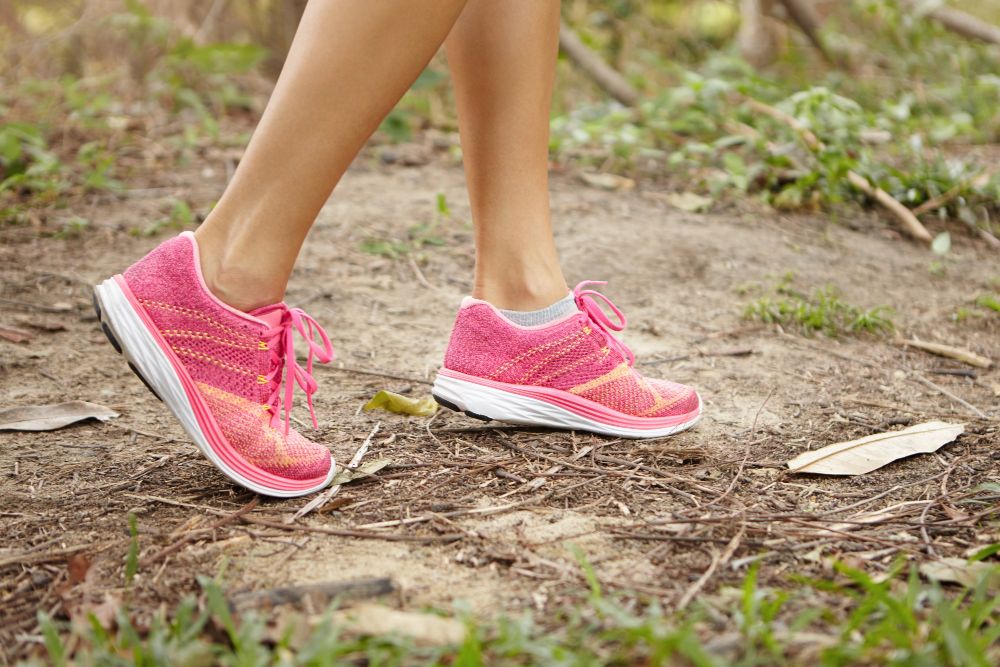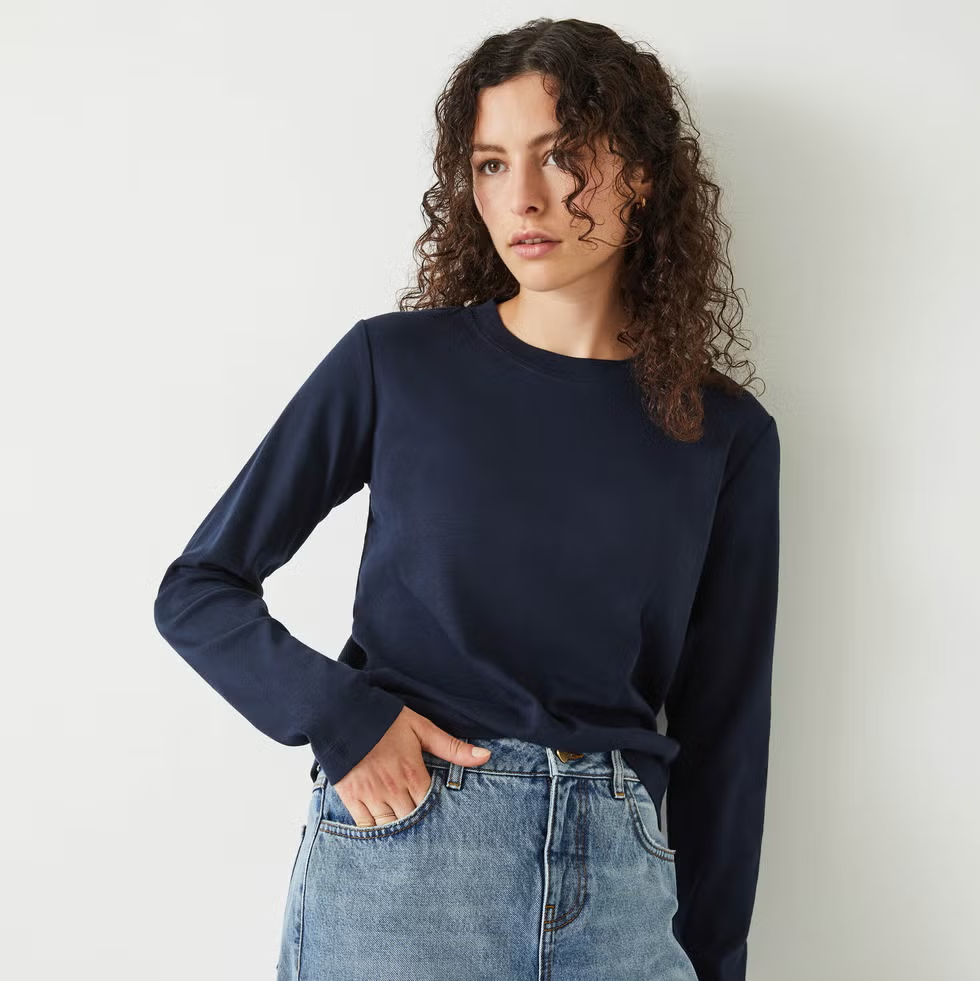Vitality First: A Comprehensive Guide to Choosing Running Shoes for Girls

With the right footwear, young girls can confidently hit the track, embracing a lifestyle of health, energy, and the pure joy of running.
Physical activity plays a vital role in children’s growth, supporting their strength and overall well-being. Among various exercises, running is a foundational activity that encourages a lifelong commitment to fitness and health. Whether sprinting on the playground, competing in school track meets, or joining community running groups, girls of all ages can enjoy the vitality and happiness running offers.
However, proper foot care is essential for young runners. Just as adults need appropriate running shoes for comfort and injury prevention, girls require footwear that matches their unique developmental stages and needs.
Understanding the Needs of Young Runners
The Importance of Age-Appropriate Shoes
When selecting running shoes for girls, it’s crucial to recognize that children’s footwear needs differ significantly from adults’. As children grow, their feet and bodies undergo important changes that call for shoes designed specifically for their age and development.
From toddlers taking early steps to girls involved in organized sports, running shoes must correspond to their growth stage and activity level. Here’s why age-appropriate footwear matters:
- Supporting Growth: Children’s feet grow quickly, with bones and muscles still forming. Proper shoes provide essential stability and support to accommodate this development.
- Promoting Natural Development: Well-designed shoes encourage the healthy formation of arches, strength, and gait, ensuring comfort during play and running.
- Preventing Injuries: Ill-fitting shoes can cause blisters, discomfort, and even injuries. Age-suitable shoes reduce these risks and promote safe running.
How Running Shoe Needs Evolve With Age
Different age groups have specific footwear requirements:
- Toddlers and Preschoolers: Comfort, flexibility, and ease of use are key. Shoes should have wide toe boxes and convenient closures like Velcro for independent dressing.
- Elementary Age: Increased activity demands shoes with good cushioning, arch support, and durability to withstand energetic play.
- Pre-Teens and Teens: For more structured running such as track or cross-country, shoes should offer enhanced stability, support, and cushioning to meet higher physical demands.
Key Growth and Support Considerations
When choosing running shoes, consider the following:
- Sizing and Fit: Regularly measure feet to accommodate rapid growth, ensuring about a thumb’s width of space at the toe.
- Arch Support: Identify your child’s arch type—neutral, high, or low—and select shoes offering appropriate support.
- Cushioning: Adequate padding in the heel and forefoot absorbs impact and boosts comfort.
- Flexibility: Shoes should bend at the ball of the foot but provide solid support elsewhere.
- Breathability: Breathable materials keep feet cool and comfortable during runs.
Choosing the Right Running Shoes for Girls
Understanding Different Shoe Types
Running shoes vary based on the running surface and activity type:
- Road Running Shoes: Designed for paved surfaces, these shoes offer cushioning suited for everyday runs.
- Trail Running Shoes: Built for off-road terrain, they provide extra traction, stability, and protection.
- Cross-Training Shoes: Versatile for multiple activities, supporting lateral movements and various workouts.
Considering Foot Types
Knowing your child’s foot type helps in selecting the right shoes:
- Neutral Pronation: Balanced foot strike; choose shoes with moderate arch support and cushioning.
- Overpronation: Feet roll inward excessively; stability shoes with added arch support are ideal.
- Underpronation (Supination): Feet roll outward; opt for cushioned and flexible shoes to improve shock absorption.
Ensuring Proper Fit and Sizing
- Regularly measure feet and allow for growth with enough toe space.
- Consider width options for narrow or wide feet.
- Try shoes with the socks your child usually wears when running.
- Check comfort by walking and jogging in the shoes.
- Ensure there is enough toe room without excessive slipping.
Essential Features of Girls’ Running Shoes
Cushioning and Support Technologies
- Midsole Cushioning: Materials like EVA foam absorb impact for comfort and injury prevention.
- Arch Support: Shoes specify whether they provide neutral, stability, or motion control support.
- Heel Counter: A firm heel cup helps maintain stability and prevents excessive foot rolling.
Durability and Outsole Grip
- Durable Materials: Reinforced toe caps and double stitching extend shoe lifespan.
- Outsole Traction: Multi-directional treads improve grip on various surfaces, reducing slips.
Breathability and Moisture Management
- Breathable Uppers: Mesh or lightweight synthetics keep feet cool.
- Moisture-Wicking Linings: Pull sweat away to reduce blisters.
Safety Features
- Reflective Elements: Enhance visibility during low-light runs.
- Secure Closures: Velcro or laces keep shoes snug and prevent slipping.
- Toe Protection: Reinforced toe caps guard against stubs and injuries.
Flexibility and Natural Movement
- Flex Grooves: Allow natural foot bending for efficient strides.
- Low-Profile Design: Supports a natural gait and minimizes tripping risks.
Conclusion
Choosing the right running shoes is a fundamental step in supporting young girls’ running journeys. Keep these key points in mind:
- Age-appropriate shoes support natural foot development and accommodate growth.
- Understand your child’s foot type to provide correct support.
- Match shoe type to running activities, whether road, trail, or cross-training.
- Focus on essential features like cushioning, support, durability, breathability, and safety.
- Prioritize proper fit and regularly measure feet for growth.
- Use shopping tips like expert advice, reviews, and return policies.
- Consider trusted brands known for quality children’s running shoes.
- Help your child break in and care for their shoes to extend their lifespan.
Running is more than exercise; it’s a path to vitality and self-discovery. Equipping young runners with suitable shoes encourages confidence, safety, and a lifelong passion for the sport.
Frequently Asked Questions
Q1: Why is choosing the right running shoes for girls so important?
Proper running shoes ensure comfort, safety, and performance. Poorly fitting shoes can cause injuries and discourage children from running.
Q2: How often should I measure my child’s feet?
Measure feet every few months or when you notice tightness, as children grow rapidly.
Q3: What if my child’s feet are different sizes?
Choose shoes that fit the larger foot comfortably; some brands offer mixed sizes.
Q4: Are there different shoes for various running surfaces?
Yes, road running, trail running, and cross-training shoes are designed for different terrains and activities.
Q5: What should I look for in trail running shoes?
Opt for strong traction, durability, stability, and protective toe caps for uneven terrain.
Q6: How can I keep running shoes comfortable and long-lasting?
Encourage gradual break-in, clean regularly, remove debris, and allow shoes to air out.
Q7: How do I clean and care for running shoes?
Use gentle brushes and mild soap with water, avoid harsh detergents and machine washing, and air dry away from heat sources.
Q8: Should I buy running shoes online or in-store?
Both have advantages. In-store offers expert fitting, online offers convenience and variety. Follow sizing guides and return policies when shopping online.



